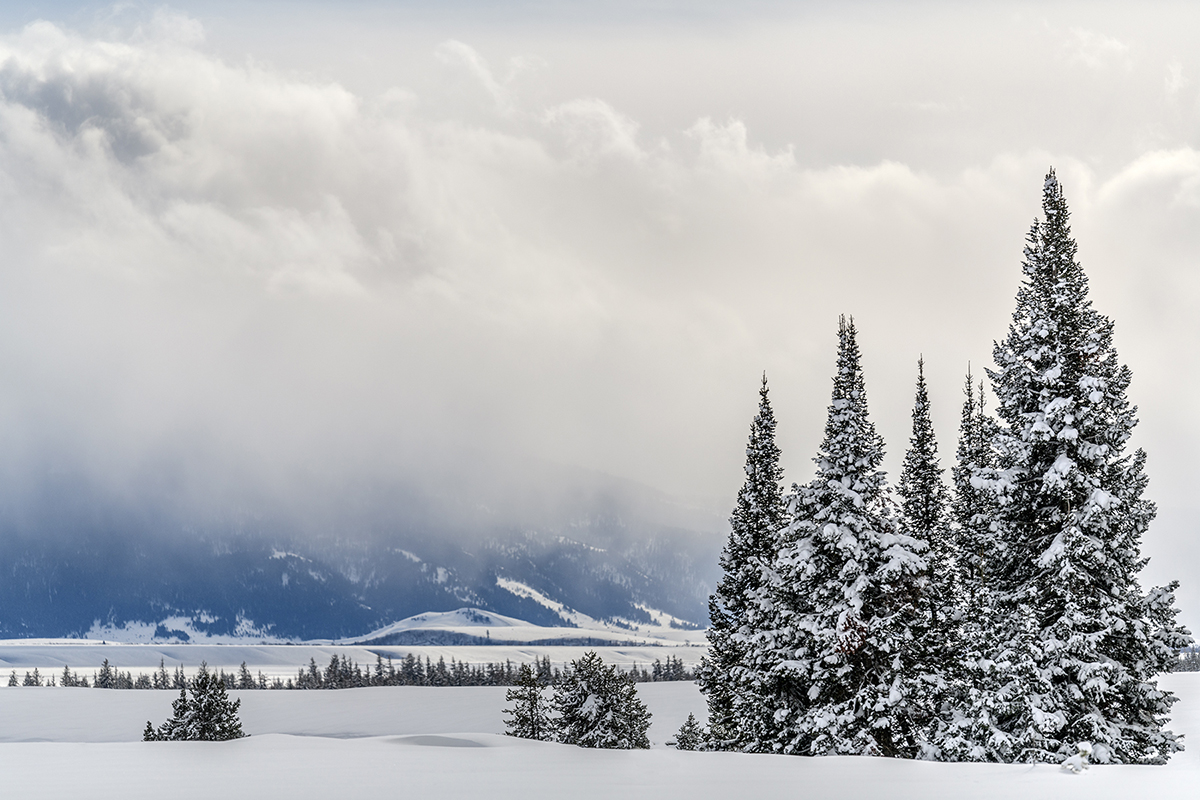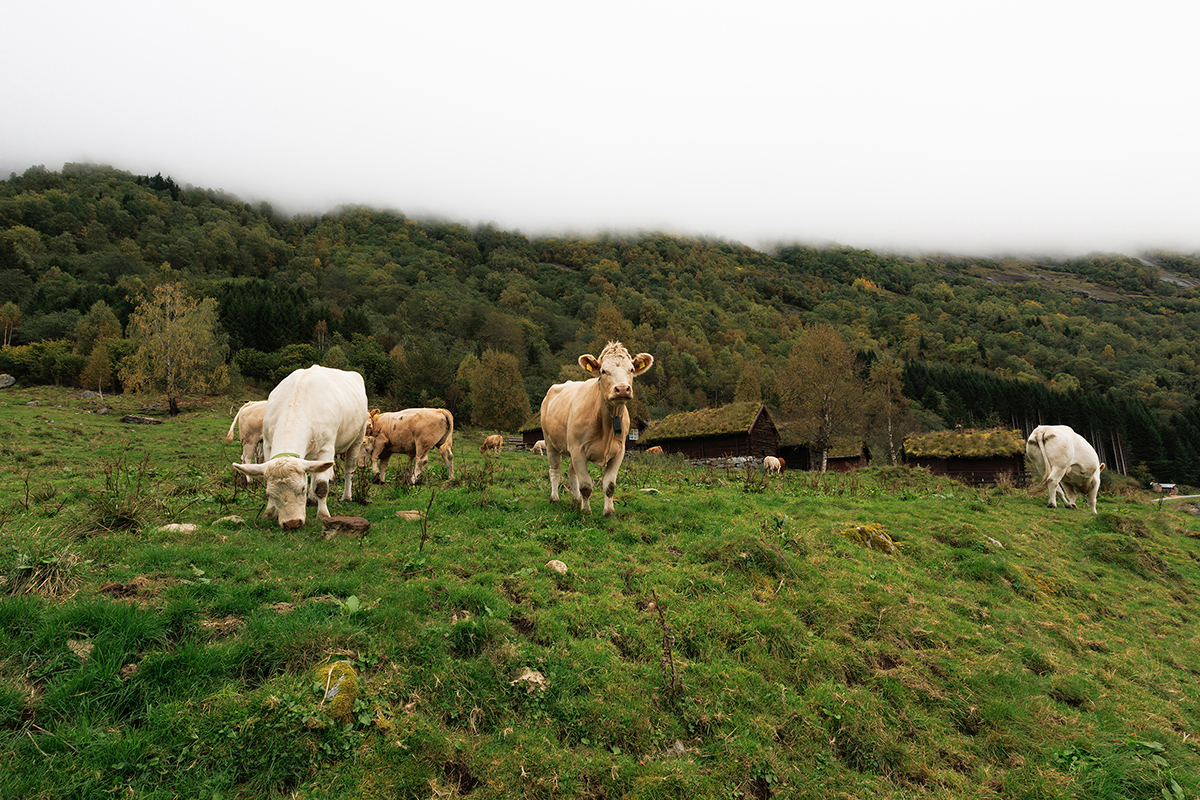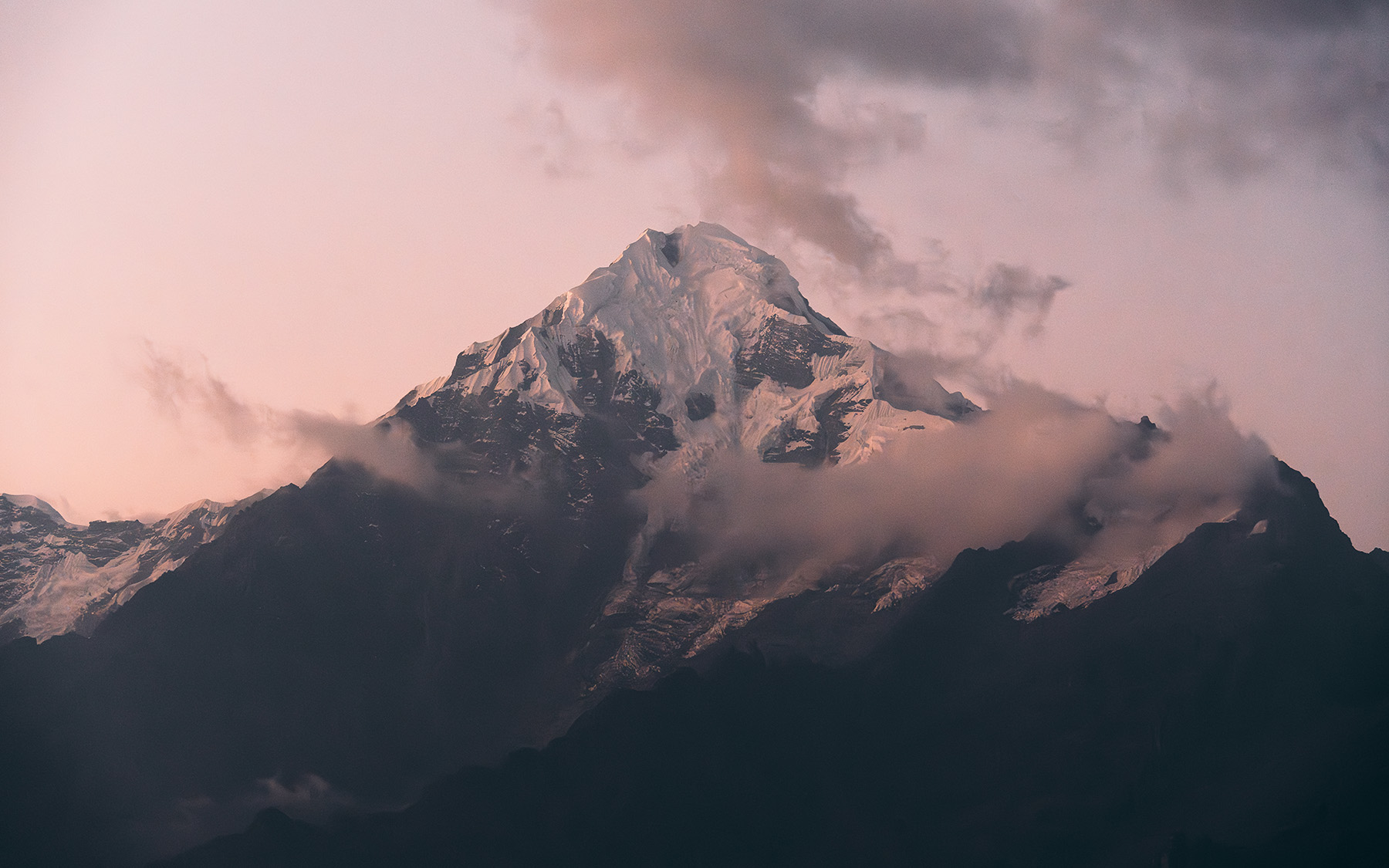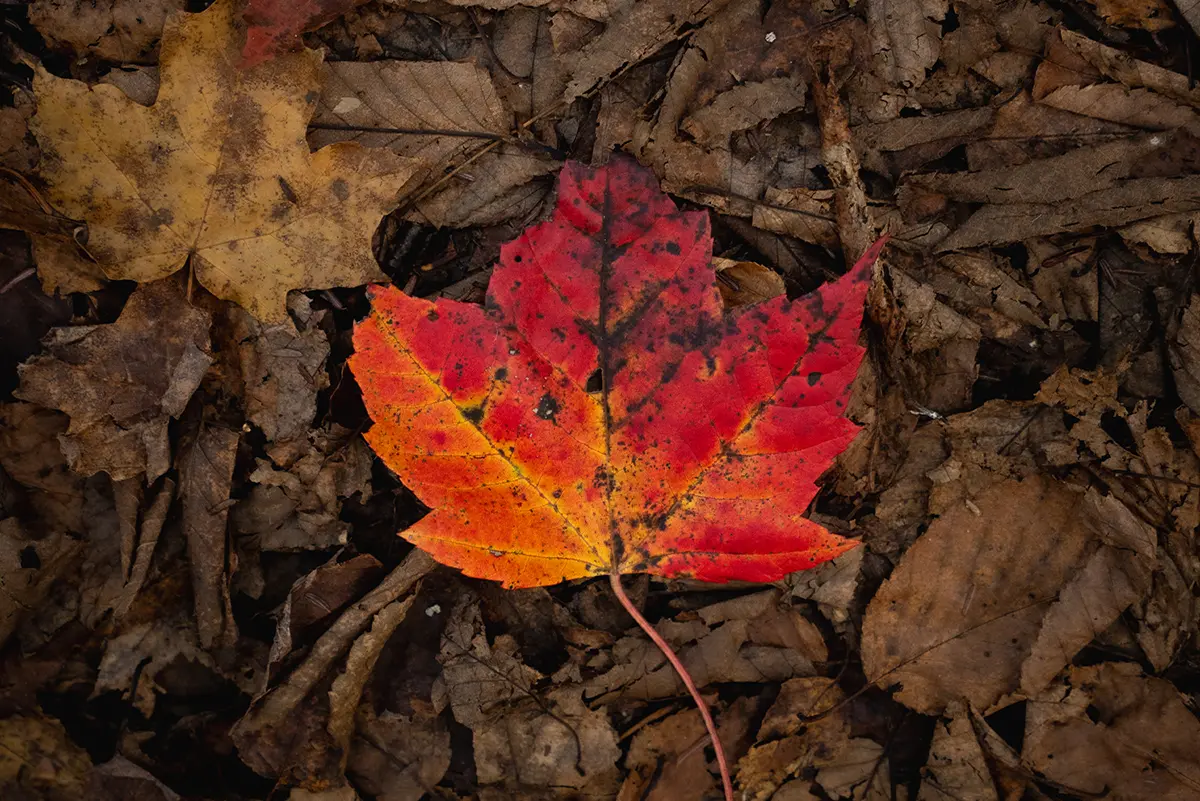
Wide-Angle Autumn
The versatile Tamron 17-50mm zoom puts Seth Macey on the fall foliage fast track.
Author: Jenn Gidman
Images: Seth Macey
Share Article
The versatile Tamron 17-50mm zoom puts Seth Macey on the fall foliage fast track.
Three hours north of Toronto, as the leaves head into peak season, Seth Macey moves into full fall foliage photography mode. “It’s amazing to capture such brilliant colors year in and year out,” he says. “But after doing it for so long, I’ve begun to notice other aspects of fall in addition to the trees. I’ve started to slow down and scout out more interesting details and textures that you might not otherwise notice—moss creeping up tree roots, fallen leaves scattered on the forest floor, mushrooms sprouting in damp soil. So many aspects of the landscape around you can get overshadowed because the colors are just so in your face.”
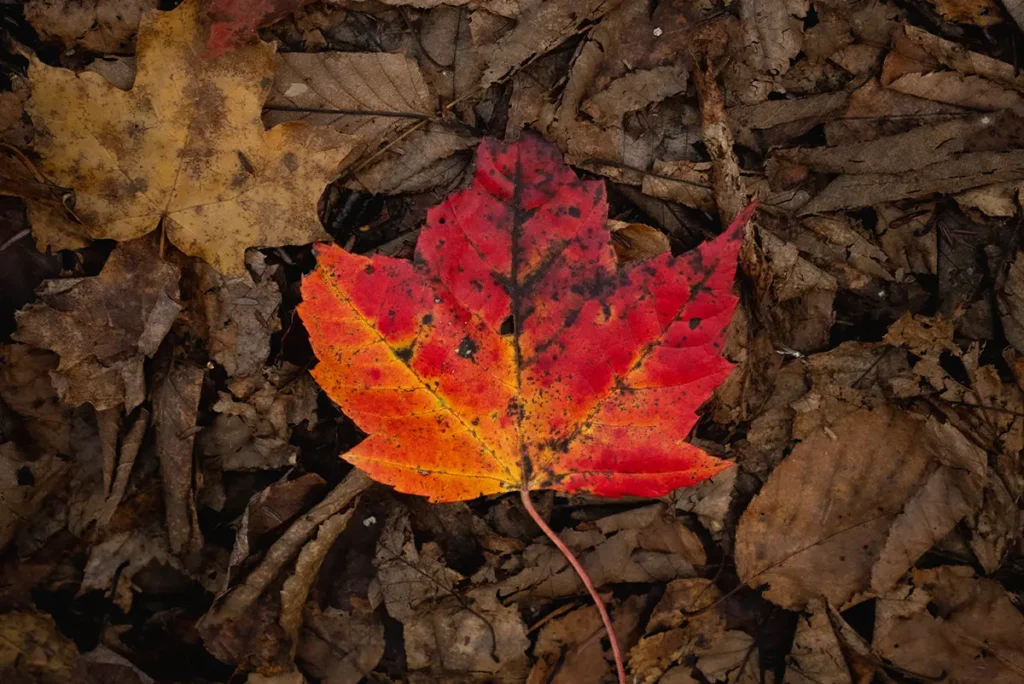
To assist him in his autumnal adventures, Seth uses the Tamron 17-50mm F4 Di III VXD wide-angle zoom lens for his Sony mirrorless camera system. “I’d never really shot wide before, so being able to pull out to 17mm and capture some of the more expansive scenes was a lot of fun,” he says. “At the same time, I was able to zoom in tight for the smaller details.”

Equally important, the 17-50mm made the entire experience feel effortless for Seth. “The best part is how lightweight this lens is,” he says. “I can hold onto my dog’s leash with one hand and carry my camera in the other hand with no problem. As a nature and wildlife photographer, I’m often lugging around heavier lenses, so it’s freeing to be able to just grab my dog and gear, including this compact lens, and head out for a spontaneous hike.”
SETH’S QUICK FALL FOLIAGE TIPS
Shift your gaze.
I’m a big foraging geek, and I feel like people spend way too much time looking up and not enough looking down. When I’m out with my camera, I’ll stoop down to pick up seeds or take a closer look at some local mushrooms, which is what I did here. In the fall, the ground is wet and ripe for mushrooms to thrive. With the 17-50mm, I’m able to get really close to the mushrooms and still capture much of the scene. You can miss the micro elements like this if you don’t look where you normally wouldn’t.
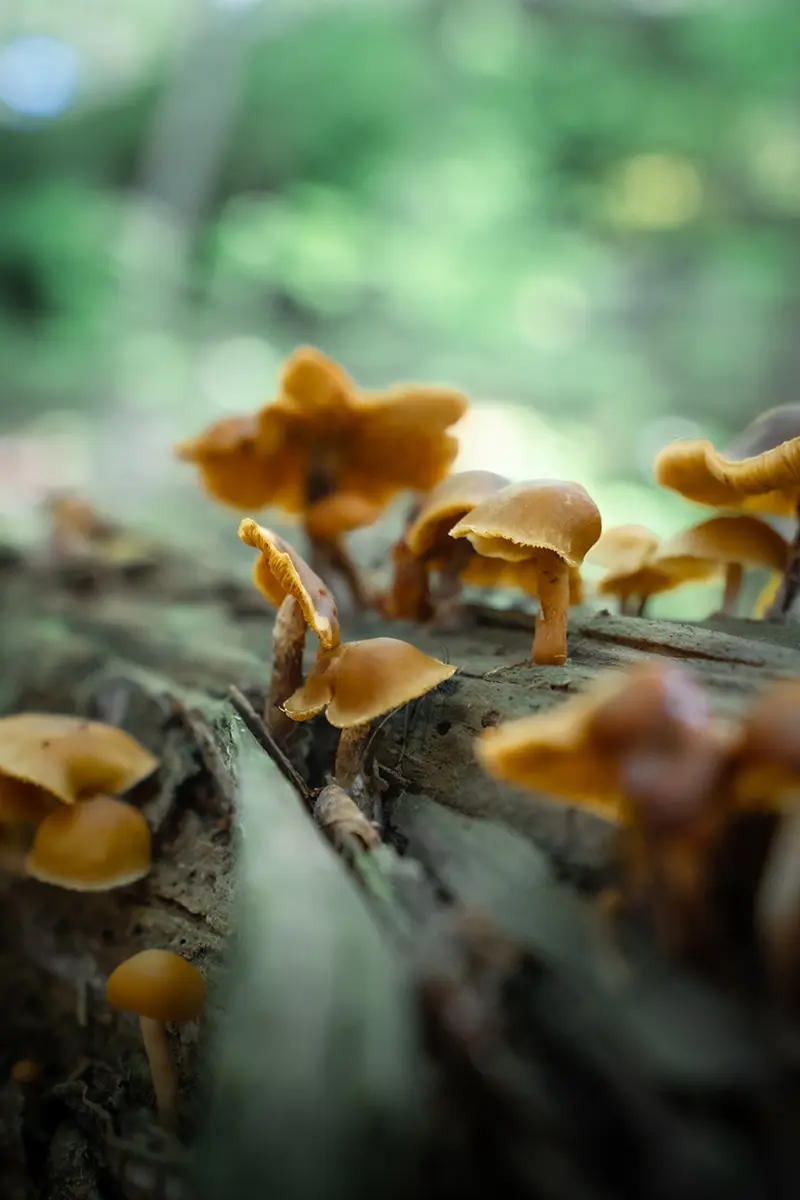
Photograph meaningfully.
In other words, put the fall foliage in context with places or things that are important to you. For example, that country lane scene you see here is just off the end of my driveway—I’ve been walking along this road since before I can even recollect, and now I walk my dog there every day. Obviously, the leaves and the S-curve of the road does a lot of the work here, but for me, it’s also a snapshot of a place that holds a lot of memories for me.
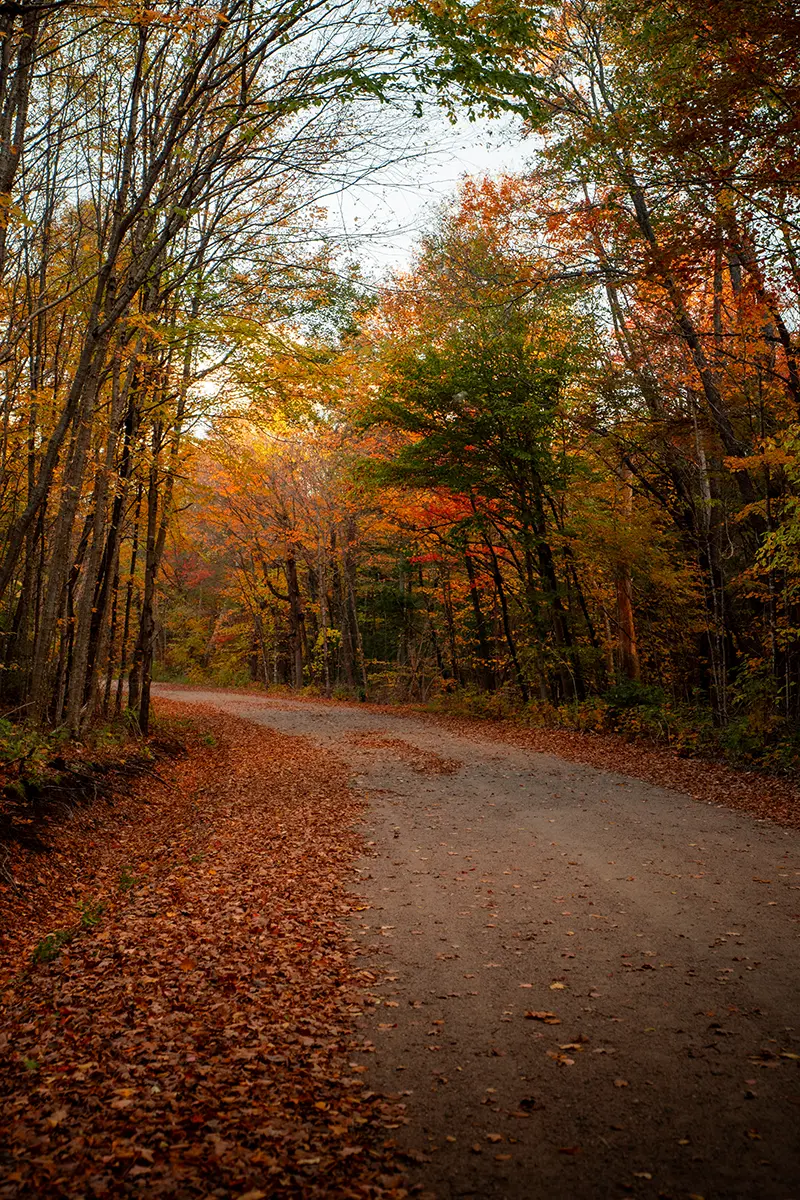
The same with the reflection on the river, which is a spot I’ve canoed in and taken my Jet Ski on for forever. The places you’ll be most excited to photograph and place in their best light are the places you care about most.
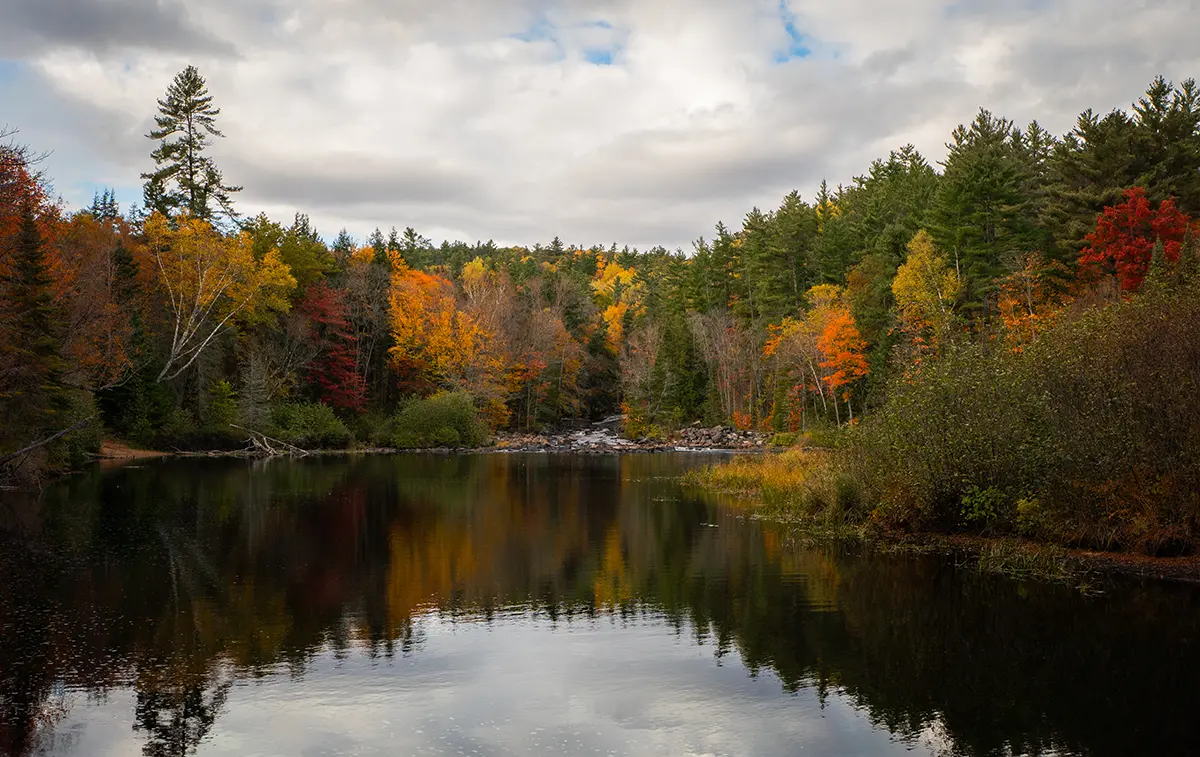
Look for details, and contrasts.
A single leaf resting on brown mulch can be just as striking as a wider landscape view. If I were to offer a more artistic description, I’d say I sometimes look for “emotional contrasts”—in this case, a new leaf that’s just fallen juxtaposed against all of the dead ones that have long been on the ground.
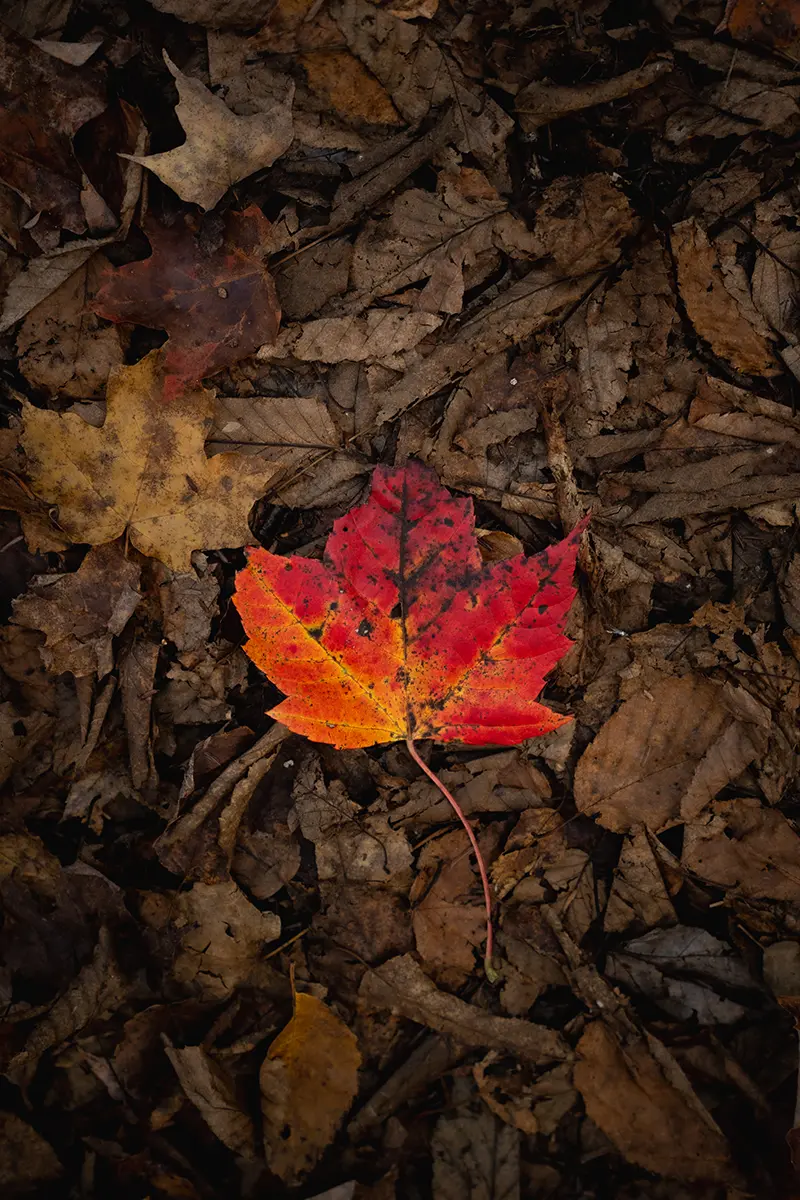
Be judicious when editing.
Creators can get carried away with the saturation and vibrancy sliders during post-processing, because I think people unconsciously feel as if they need to push them as far as they can to make the photo pop more. Greens and reds can end up looking especially overcooked, which then becomes overpowering in the image. Resist that urge. I try instead to focus on more subtle hue adjustments for a better blend—not to change the authenticity of what I saw in front of my camera.

